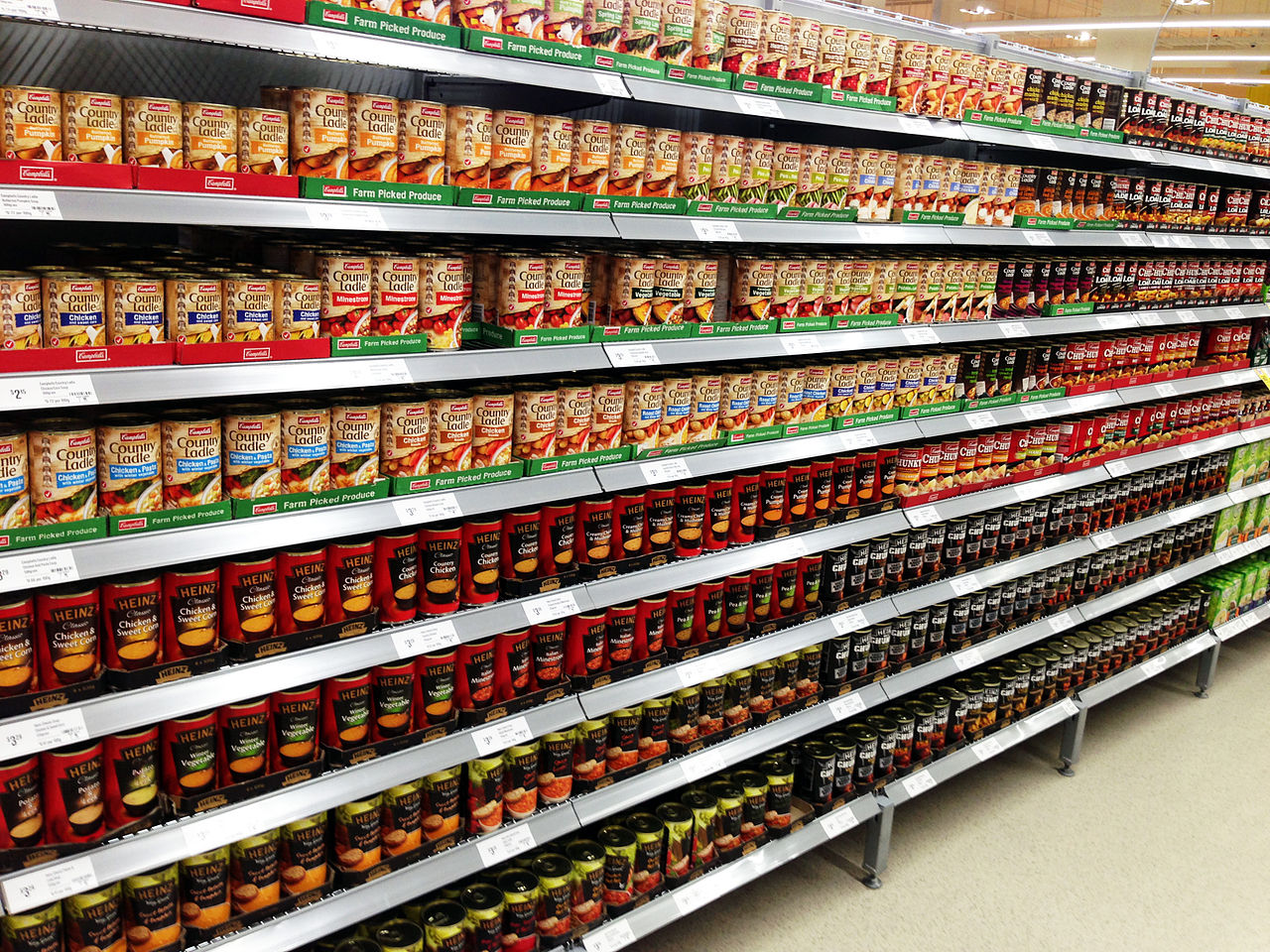Grocery shoppers are abandoning the center-aisle products that are CPG’s bread and butter, leaving manufacturers wondering if this is a short-term trend or a permanent change. Indeed, with Bernstein’s recent downgrade of stocks in some of the nation’s largest food manufacturers, and the falling prices of fresh food in general, it’s becoming increasingly difficult to deny that consumer tastes are changing as they increasingly flock to stores’ fresher perimeter.
Yes, these days, shoppers are “counting ingredients, not calories,” eschewing products they view as heavily-processed in favor of relatively fresher foods found in produce, meat, and dairy. As ideas about nutrition and health evolve, customers have grown weary of multi-syllabic preservatives, dense sodium loads, and the general impression of industrial artificiality that now accompanies uniform products and multiple layers of packaging.
It wasn’t always this way, of course, as industrial food manufacturing was once seen as the apex of human ingenuity, with standardized food products like WonderBread and breakfast cereals heralded as a necessary antidote to unreliable and unstable preindustrial foods. That’s the thing about consumer tastes: they’re always changing.
While the recent pendulum swing towards natural and fresh foods is a boon for some specialty manufacturers already ahead of the trend, most are encountering sales declines and facing some difficult questions.
Consumer preference research is key to answering these tough questions, allowing manufacturers the data to make informed decisions about the direction of their products. Shop-alongs, for example, give key insights into how consumers navigate grocery aisles, and how they interact with and perceive products, while customer intercepts on the other hand provide direct feedback on specific questions.
As one grocer recently discovered as they tried to branch into private label goods, this research provides the qualitative data to fill in the quantitative gaps, not just telling you if your sales are up or down but why and how.
Does your product seem stale in the face of an enduring trend you must adapt to, or are you only a few tweaks and weeks away from something that customers would go absolutely crazy for? How can you lean into trends and anticipate evolving consumer preferences while remaining true to your brand promise?
Once you have all the information, you can begin to make some of these decisions.
Learn how your consumers’ evolving tastes have already impacted your business.


